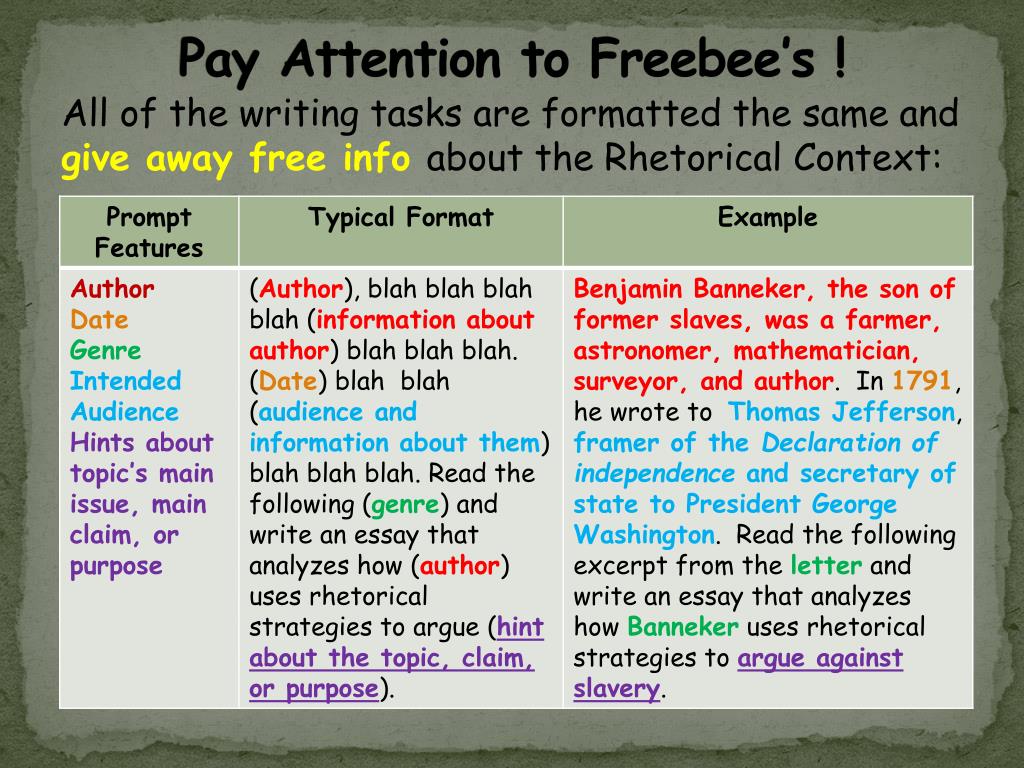
Some examples of things to focus on include plot, characters, figurative language, and essential details. Teach your students to focus on a different aspect of the story each time they read it so they can fully understand all that goes on in the story and feel prepared to analyze it. Since it, again, is short, they will be able to have the time to read a story a few times to understand all the details included within it. To help your students grasp the entirety of the story, have them read it multiple times. Your students could even highlight the different sections where either the rising action ends and the climax begins or where the resolution takes place. Because the stories are smaller than novels, you can have your students easily map out the exact plot, and all the points that lead to the ending.

You can take advantage of the short story as a method to teach plot. They can begin analyzing right there on the story, while they read, and then they can quickly put all their thoughts together in an official analysis. Students can take notes and point out places they may have questions or need clarification. The margins are great places to take notes if the story is printed on printer paper, not within a book. Some forms of rhetoric are probably more effective or more used than others based on when the speech is given, or who it’s given to. Of course, it all depends on the speaker and the time period. My favorite digital short story literary analysis activities are my Thank You Ma'am digital analysis and my The Most Dangerous Game digital analysis. It is a type of writing where the author explores the topic in greater detail and proves his/her standpoint, using persuasive and effective methods. Feminism could have some great rhetoric devices, like statistics and examples and analogies of the inequality that makes feminism necessary. Each item focuses on a particular literary element.

My SMARTePlans digital short story analysis activities do just this. Suitable examples include “Puppy” by Saunders and “A Good Man is Hard to Find” by O’Connor. Maybe you could share the stories of George Saunders or Flannery O’Connor to teach how the difference is in the details for short stories. Point out the various important details and have your students expand on the importance of each. Since word count is low, students should pick up on the different information and why each detail is important. Details are always abundant in novels, but with a short story, every aspect has a reason for being in the story.


 0 kommentar(er)
0 kommentar(er)
